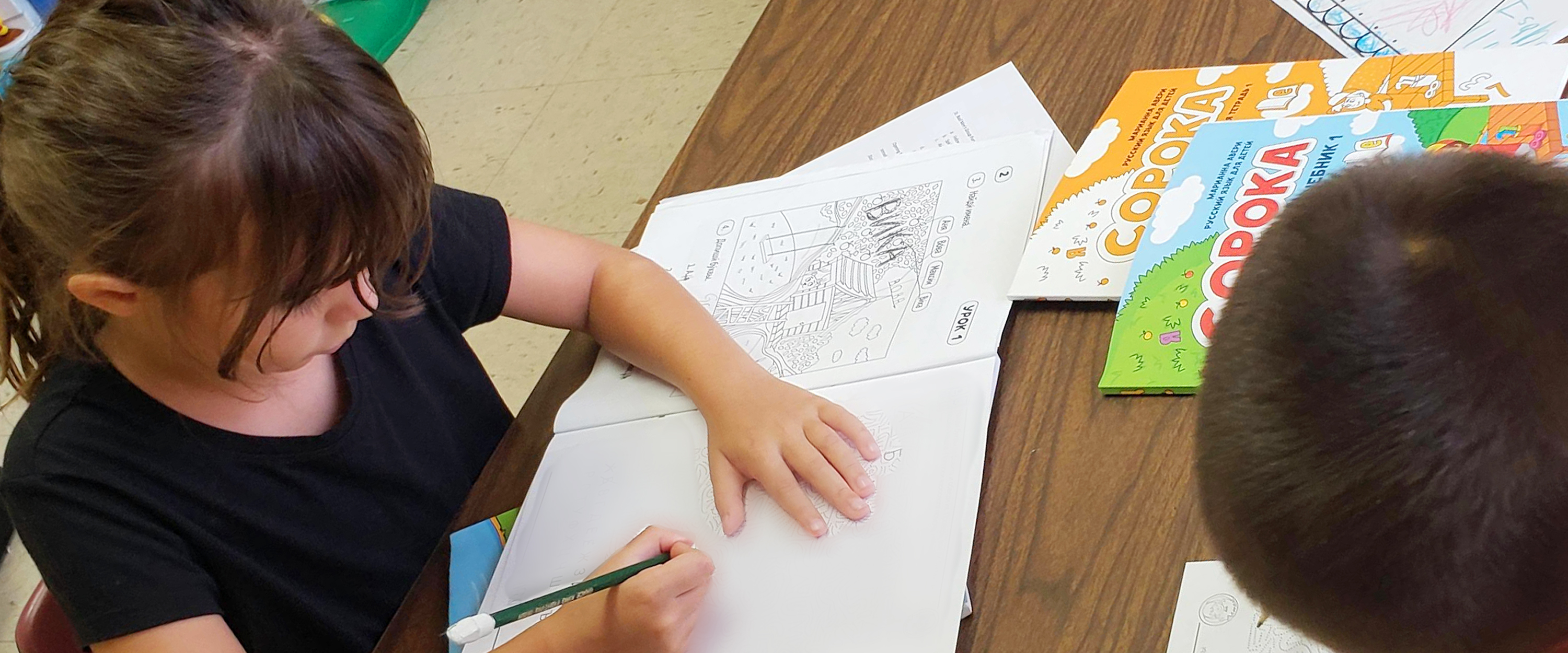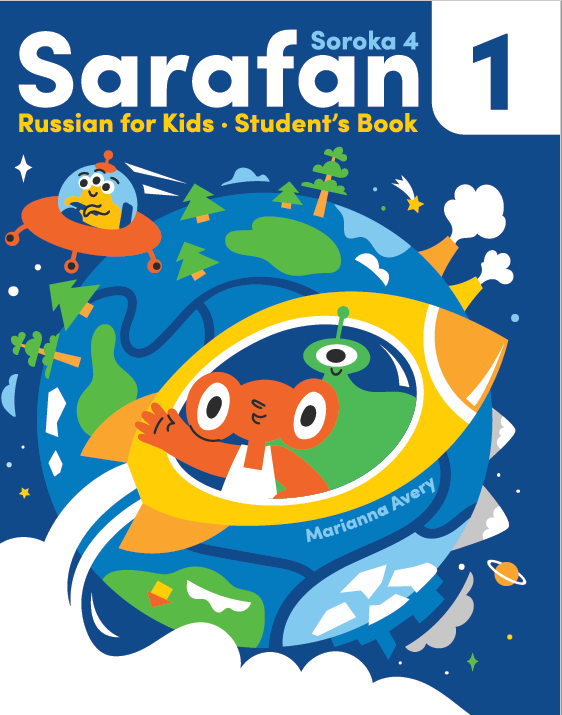What are the audio files for the Student’s Book for? How do you work with them? I am going to reveal secrets of experienced teachers.
I would like to start with the fact that we begin to learn a language through our ears. As I was taught: “Language is initiated through our hearing.” This is a natural process.
When a child lives in a linguistic environment, he constantly hears the language, which is spoken by people around him. Then a child starts to recognize words and to repeat them. His speech starts to form in his native language (the language of his environment).
Continue reading “Working with Audio Files”





